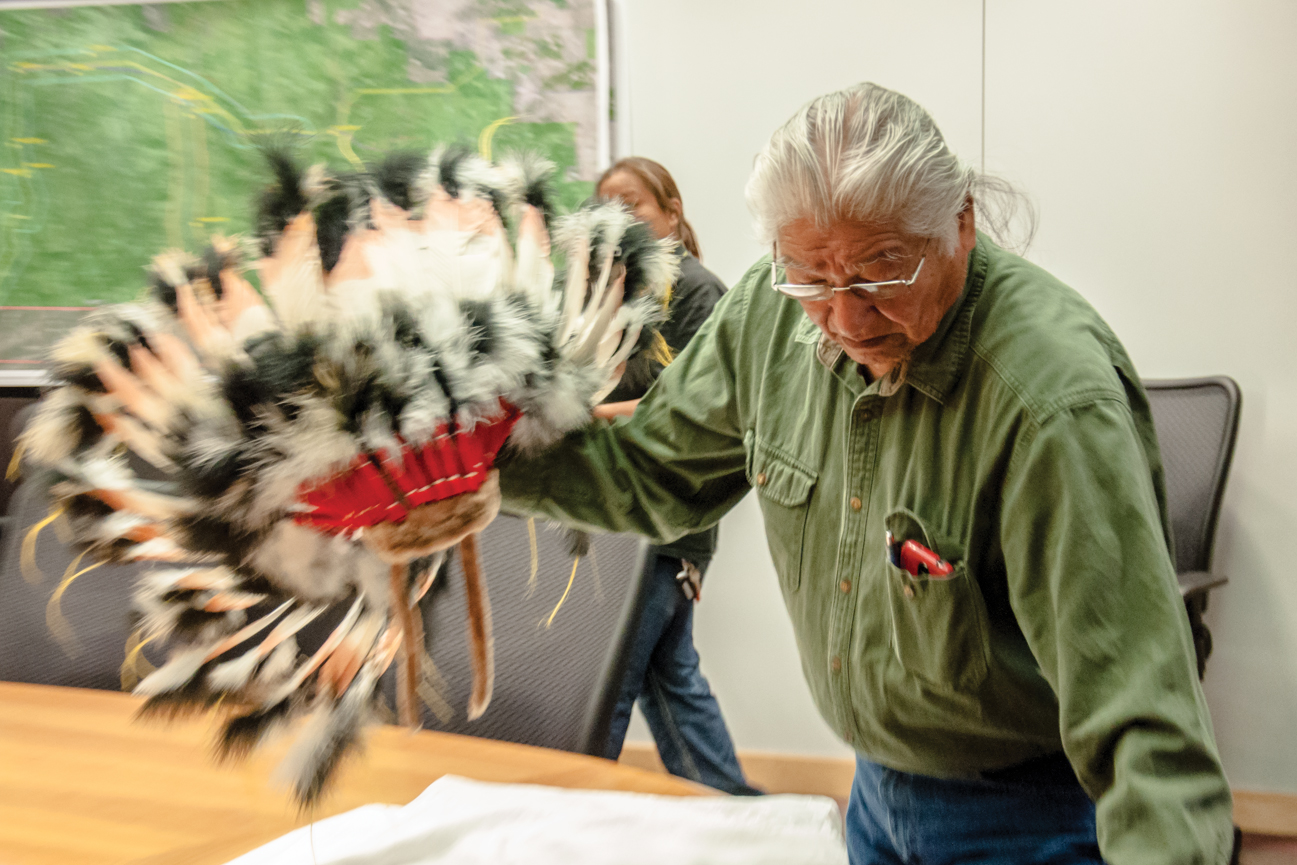The Native American Graves Protection and Repatriation Act (NAGPRA) was established in 1990 to ensure that cultural objects and remains of historical significance are returned to the affiliated Indian Tribes. Since its formation, hundreds upon hundreds of native remains and artifacts have been brought back to their tribes in one piece. However, there are still many artifacts across the globe that is still waiting for their return home.
“I became the NAGPRA coordinator in 1990 when the act was past,” Alden Naranjo, NAGPRA Coordinator said. “[The act] covers all artifacts, remains, and any associated items that belong to whichever tribe is in that area when the excavation was made. These were items that ended up being used in repositories and museums.”
For many years, tribal leaders have visited museums and institutions and would find Native American remnants stored away in boxes in locked rooms with little to no information on exactly where they came from. This issue was first addressed back in 1976 when the Colorado Commission of Indian Affairs was created, particularly for these concerns alone.
The laws surrounding NAGPRA have changed vastly. It is now a criminal offense to traffic in Native American remains without right of possession or in Native American cultural items obtained in violation of the Act, which can lead to imprisonment and a hefty fine.
NAGPRA goes through a particular process in which museums and agencies determine the rights of certain artifacts to the lineal descendants connected to the Indian tribes and Native Hawaiian organizations. If the descendants of the artifacts/remains cannot be identified, then the objects will go directly to the associated tribes.
In December 2013, the Southern Ute Indian Tribe signed a memorandum of understanding that provided available lands for a number of remains that were set for reburial on the reservation. Those remains have now been properly laid to rest.
Having these artifacts of cultural significance returned to their appropriate habitat opens the doors for education. Plenty of work is involved, but showing the honor and respect for these historical items is significant to the community, according to Naranjo.
“A lot of these artifacts are priceless,” he said. “Educationally, tribal members will be able to see and have an understanding of what that particular item is and what it’s been used for, and who it belonged to. Everything is sacred, and we must [appreciate] that.”

